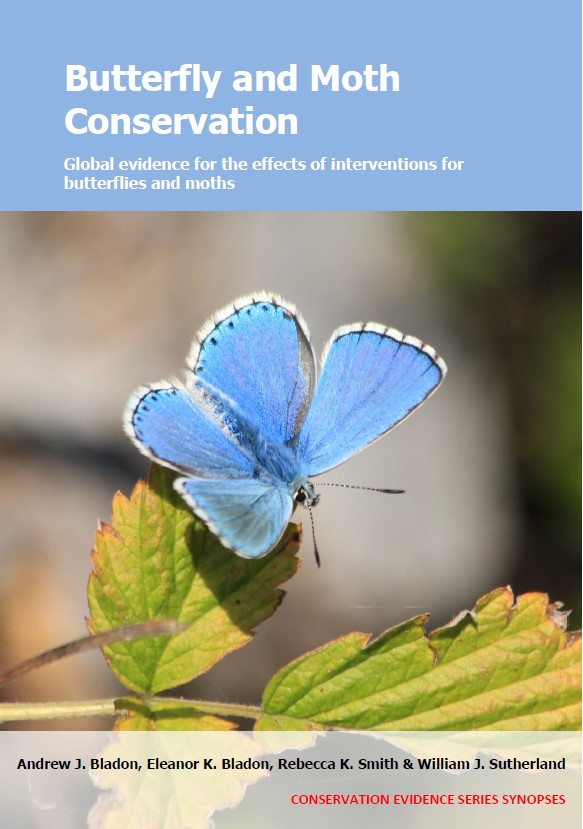Reintroduce mammals as ecosystem engineers
-
Overall effectiveness category Awaiting assessment
-
Number of studies: 1
View assessment score
Hide assessment score
How is the evidence assessed?
-
Effectiveness
not assessed -
Certainty
not assessed -
Harms
not assessed
Study locations
Supporting evidence from individual studies
A replicated, site comparison study in 2011–2012 in 10 olive groves in Campania, Italy (Scandurra et al. 2016) found that groves with wild boar Sus scrofa present had a lower abundance, species richness and diversity of butterflies than groves where boar were absent. The abundance, species richness and diversity of butterflies in olive groves with wild boar were lower than in groves without boar (data not presented). Habitat specialist species were 83% less abundant in groves with wild boar than groves without boar, whereas habitat generalist species were 27% less abundant where boar were present. Although two species (clouded yellow Colias croceus and common blue Polyommatus icarus) were more abundant in groves with boar than groves without boar, six species (brown argus Aricia agestis, tree grayling Hipparchia statilinus, wall Lasiommata megera, Italian marbled white Melanargia arge, southern gatekeeper Pyronia cecilia and Lulworth skipper Thymelicus acteon) were less abundant in groves with boar (see paper for full species results). Five olive groves with signs of heavy wild boar disturbance, and five groves with no signs of wild boar, were selected. From April–September 2011–2012, butterflies were surveyed 2–3 times/month on one 200-m transect in each grove. Butterflies were classified as “habitat specialists” or “habitat generalists” according to their habitat preferences.
Study and other actions tested
Where has this evidence come from?
List of journals searched by synopsis
All the journals searched for all synopses
This Action forms part of the Action Synopsis:
Butterfly and Moth Conservation
Butterfly and Moth Conservation - Published 2023
Butterfly and Moth Synopsis





)_2023.JPG)














